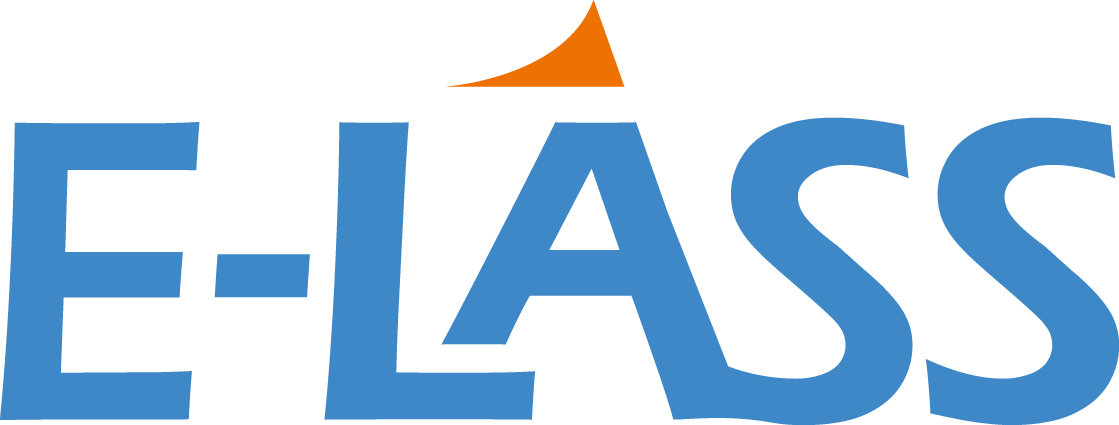Once more the E-LASS conference was held as a webinar, this time on January 27-28. The Zoom seminar was opened by the moderator Franz Evegren who started out wishing everyone a healthy and negative new year.
First day of the webinar
The two-half-day long event kicked off with a project presentation from the soon to be finalized RAMSSES. Different types of composite structures had been tested and analysed on a boat deck regarding lightweight and fire safe construction. These new multi-criteria superstructures had been compared for pros and cons.
To continue the theme of lightweight, BPAB took us into the world of composite heat transfer and the benefits of the product Comficomp. Good benefits like surface heating/anti-icing, anti-skidding and lightweight among others, were highlighted as well suited for the maritime sector.
We also received an insight in the practical experience of composites through the Visby Class Corvettes, by SAAB-Kockums. Benefits like low weight and low life cycle costs were presented as a result of minimized fuel consumption and lack of corrosion, along with shock and signature resistance. Composites are now a proven and mature technology for SAAB-Kockums who are now planning for a new generation Visby Corvettes.
Bureau Veritas continued with a presentation on the art of acoustic resonance dampening of e.g. disturbing sounds and vibrations. The way surfaces are designed, sound can be transported from engines, propellers, exhaust systems etc. causing damage and discomfort to crew, passengers, and equipment. Good experimental results have made passive structural vibration dampening an interesting technology.
The researcher Laura Marimon Giovannetti from SSPA shared her passion about flying boats/Foils. She has investigated the “known unknown of fluid structure interactions” and during her research Laura has focused on the development of a validated design methodology for flexible composite structure. This, to improve the performance range of foil sections when it comes to parameters like bending, twisting and loads.
VABO Maritime ended the first day with an interesting talk on composite weight reduction for a colossal yacht superstructure. 10 tons of weight had been saved in the superstructure of the 70 m long super yacht which, according to VABO, is a trend. A comparison to the bicycle development was made starting out with a wood frame, changing to steel, over to alloy and today the high-end products are mostly made by composite.
Second day of the webinar
On the second webinar day, interesting new additive manufacturing technologies were presented for lightweight maritime applications. The technology is of course well established in various areas and already in 2016 at the SAPA-coordinated E-LASS event in Finspång, additive manufacturing was demonstrated at a visit to the Siemens factory. However, the technology is quite new to the FRP-composite business and it opens up for new and innovative applications, e.g. for production of complex geometries in FRP, for ship repair, etc. Some FRP possibilities were described at the webinar. Another very interesting presentation described additive manufacturing of a hollow, and thereby lightweight, metallic propeller having also tailored physical properties, obtainable from a good design and an advanced manufacturing technique. We will most certainly see in the future many more maritime lightweight components provided by additive manufacturing.
On the second day we also got to know something about ongoing maritime FRP-based productions. An interesting presentation concerned the use of FRP-material for offshore energy installation and a second, sort of “groundbreaking”, example was given by our old friend Philippe Noury from DNV-GL, who described new classification rules for a composite tween-deck. As you know, the shipping business has more than one set of regulations to adopt to in order to build a ship and the class provides a very important one. Once in place, classification rules for e.g. a new material provide a well-defined path for approval and usability. The lack of such rules for FRP has for long been an obstacle for using FRP-composites in ship building so let’s hope we will soon see more such initiative from the Class.
A question asked from Franz and discussed during the day was what the participants thought should be our next targets for research and innovation in order to get more FRP composites into ship building. One of the presentations gave a good indication for where to look for answers as it described a new EU-project, “FIBRE4YARDS”, focusing on advanced manufacturing technologies for FRP composites in shipyards. Looking into how to optimize, technically and economically, the use of lightweight FRP material in real scale production seems to be the next natural step from where we are today.
Finally was given an impressive virtual industry tour from our supporting hosts at the Naval Group, entitled “Innovation in Naval Group and non-metallic material’s challenges for a warship and combat system designer and integrator”. Many thanks to our French friends for their efforts that helped us provide you at least a sense of a real-life industry visit through our computer screens.
Our next event will take place around the 15-17 June. We cross our finger and hope that the situation will allow for a meeting at the following event after that . We will inform as soon as we know the exact date and open for registration.
Tommy Hertzberg
